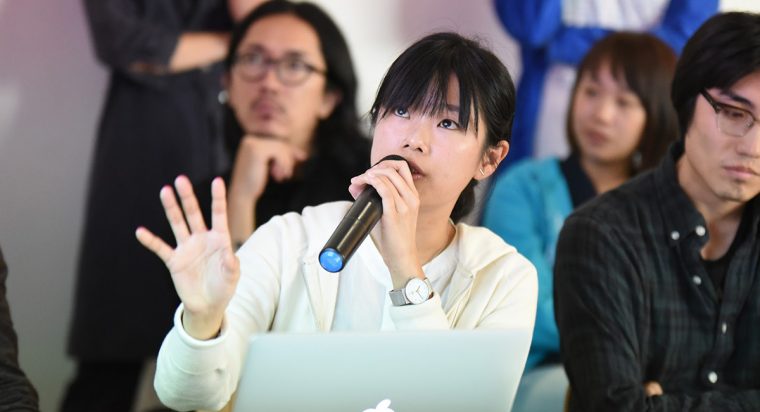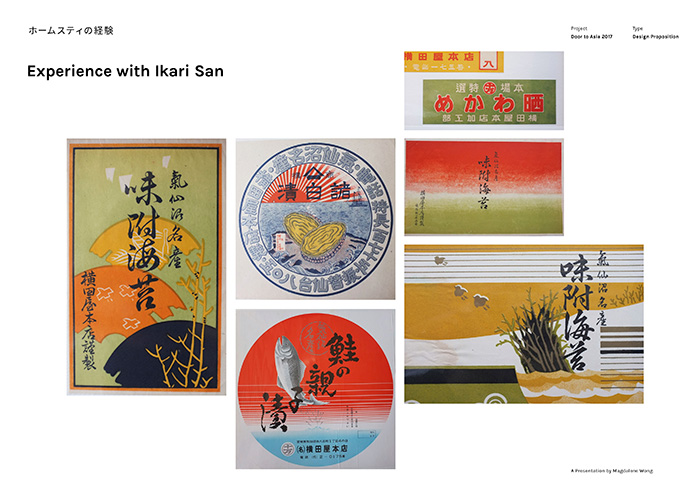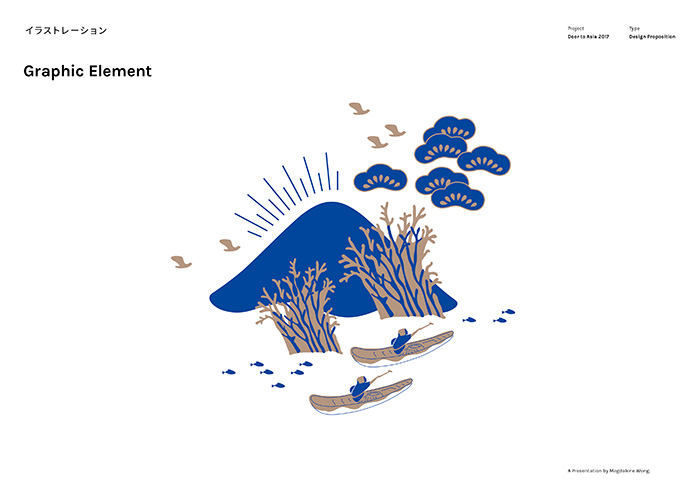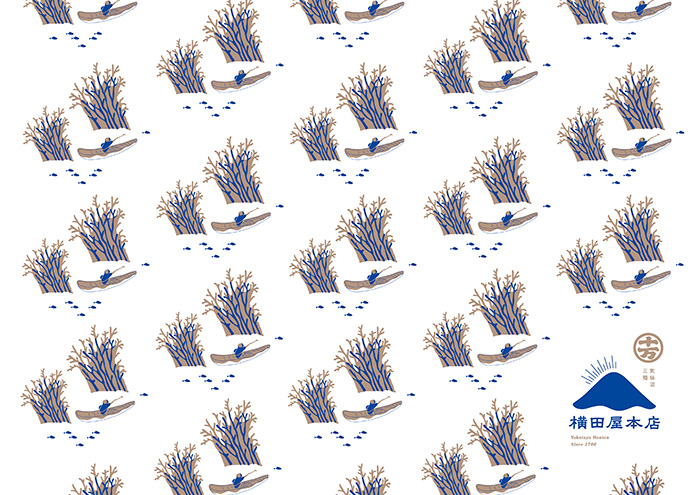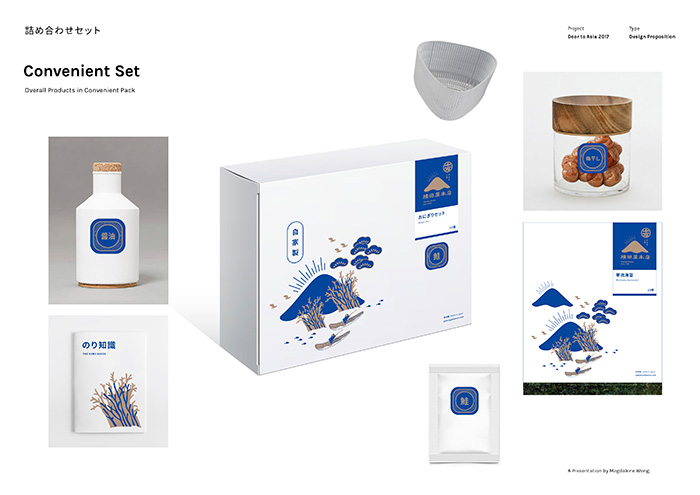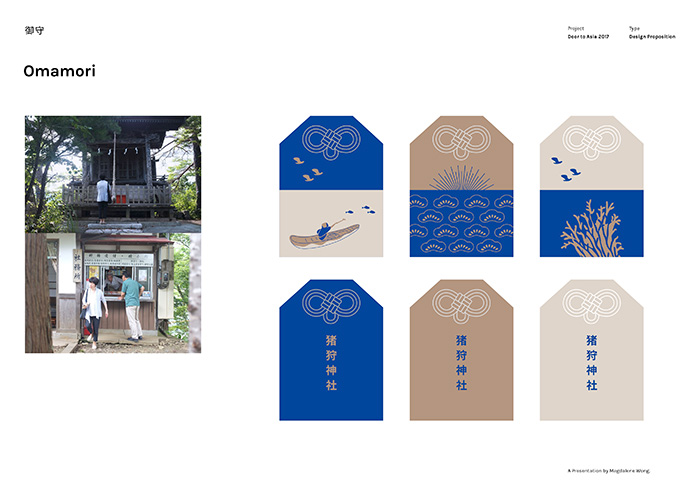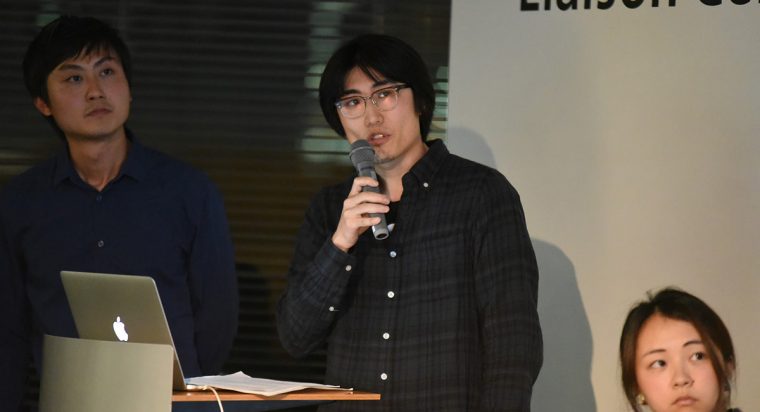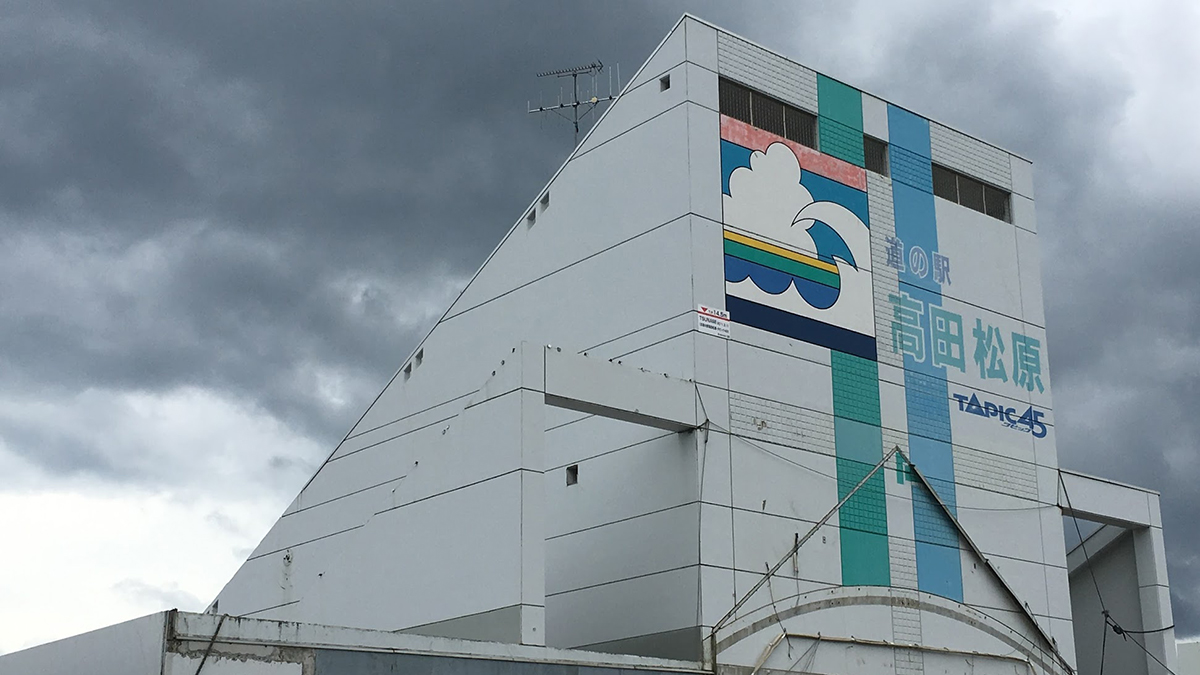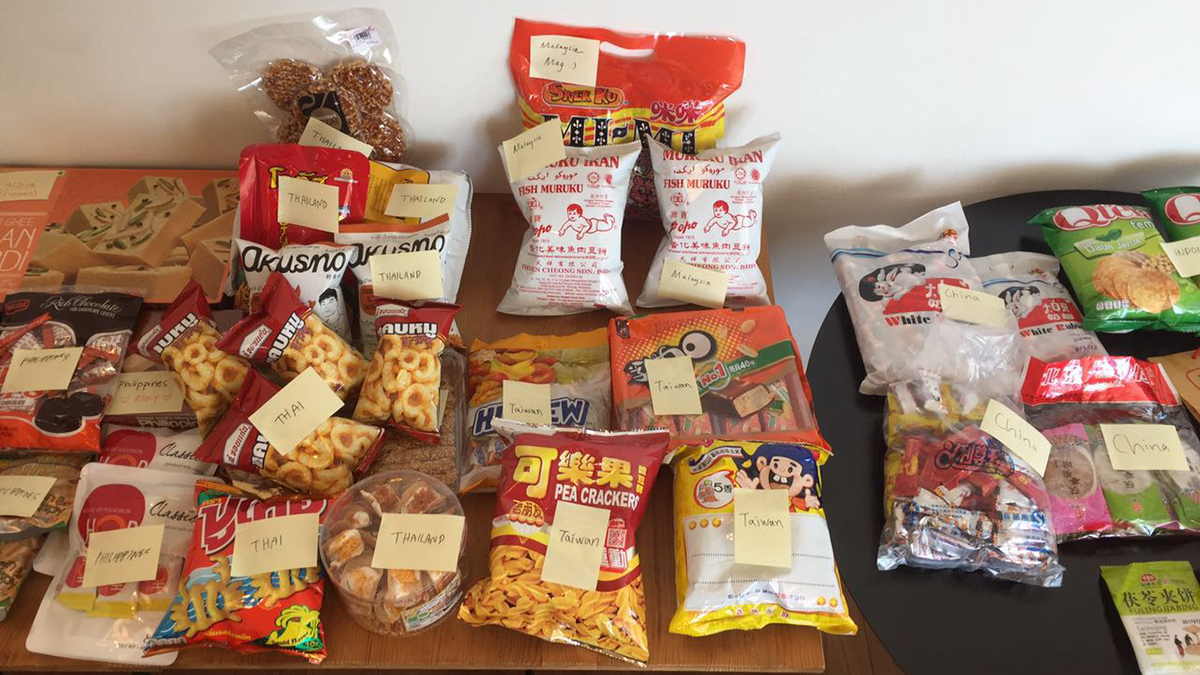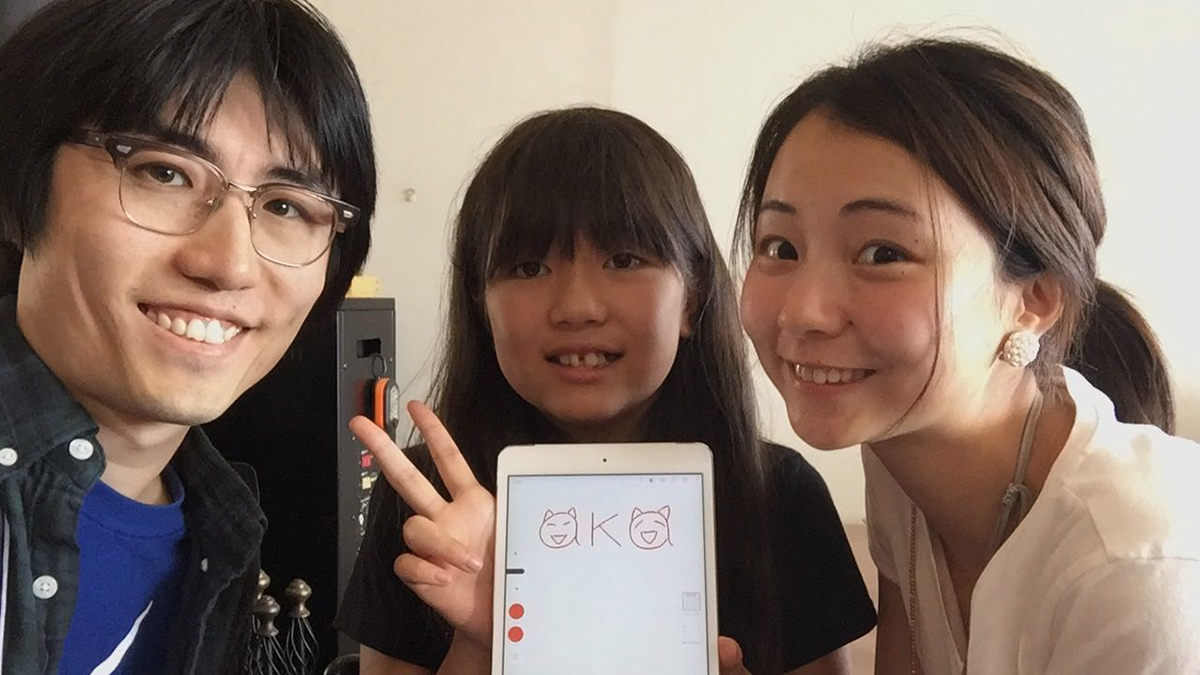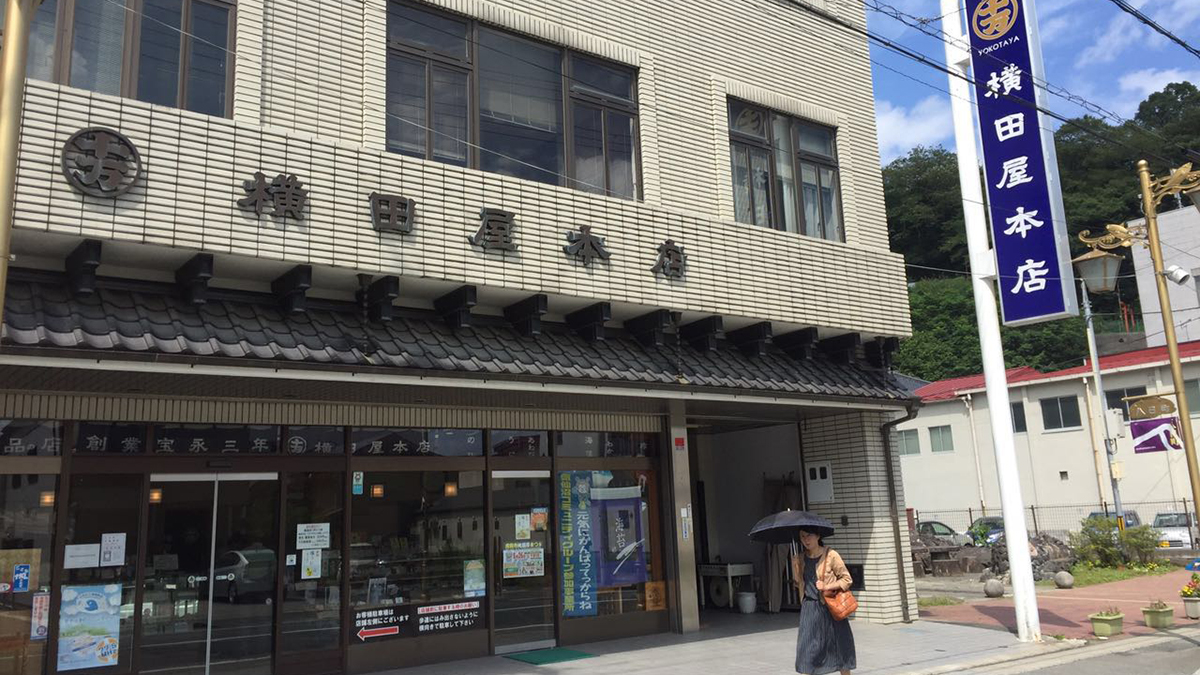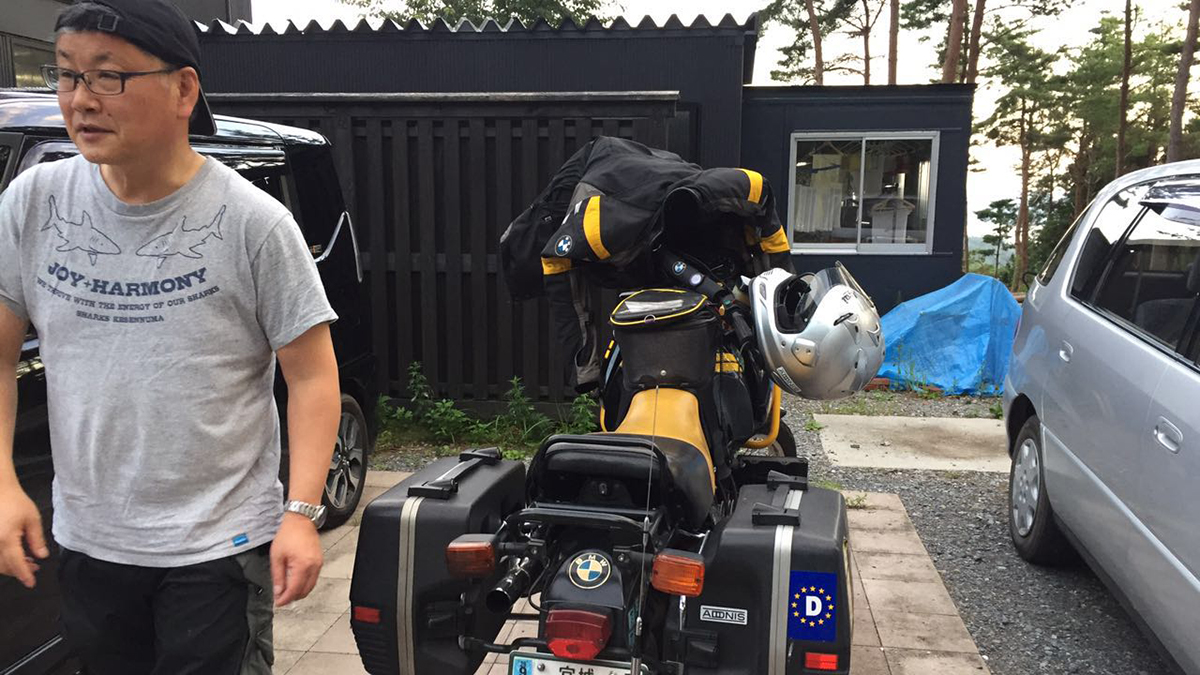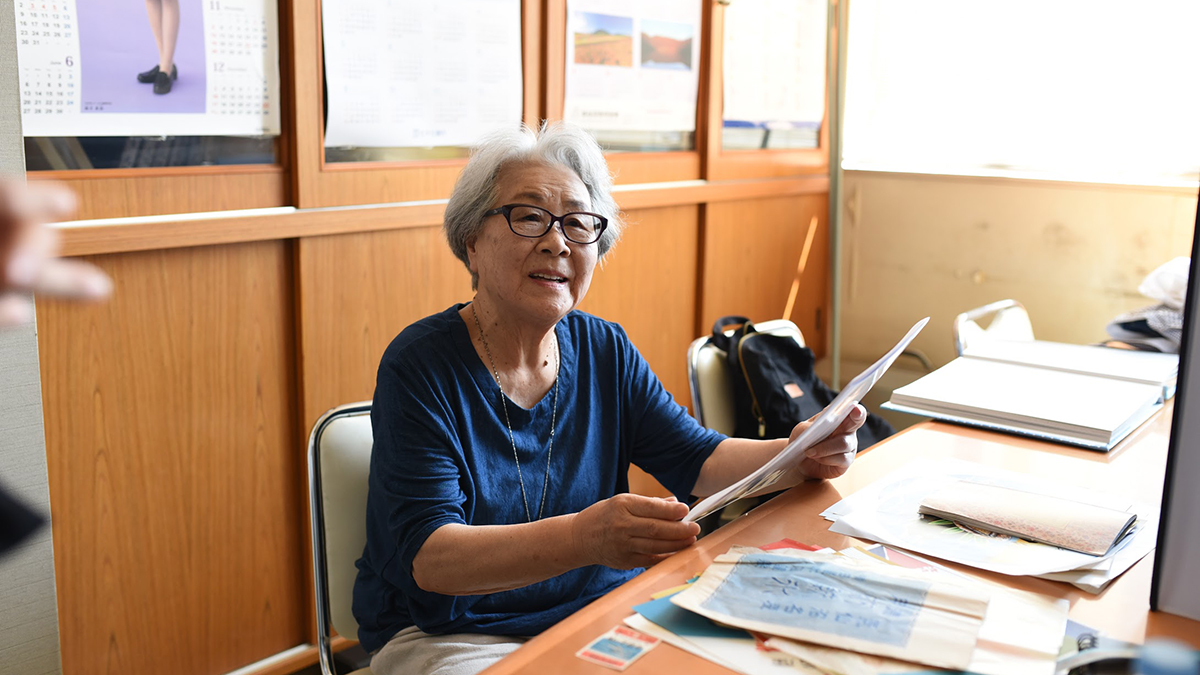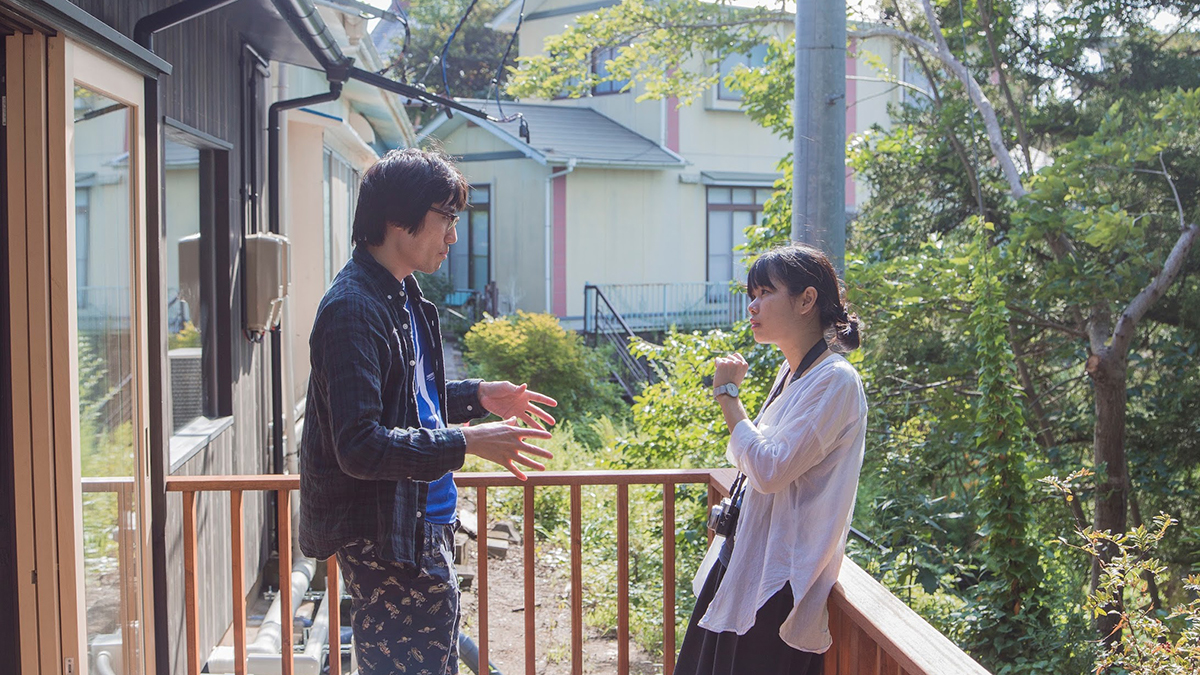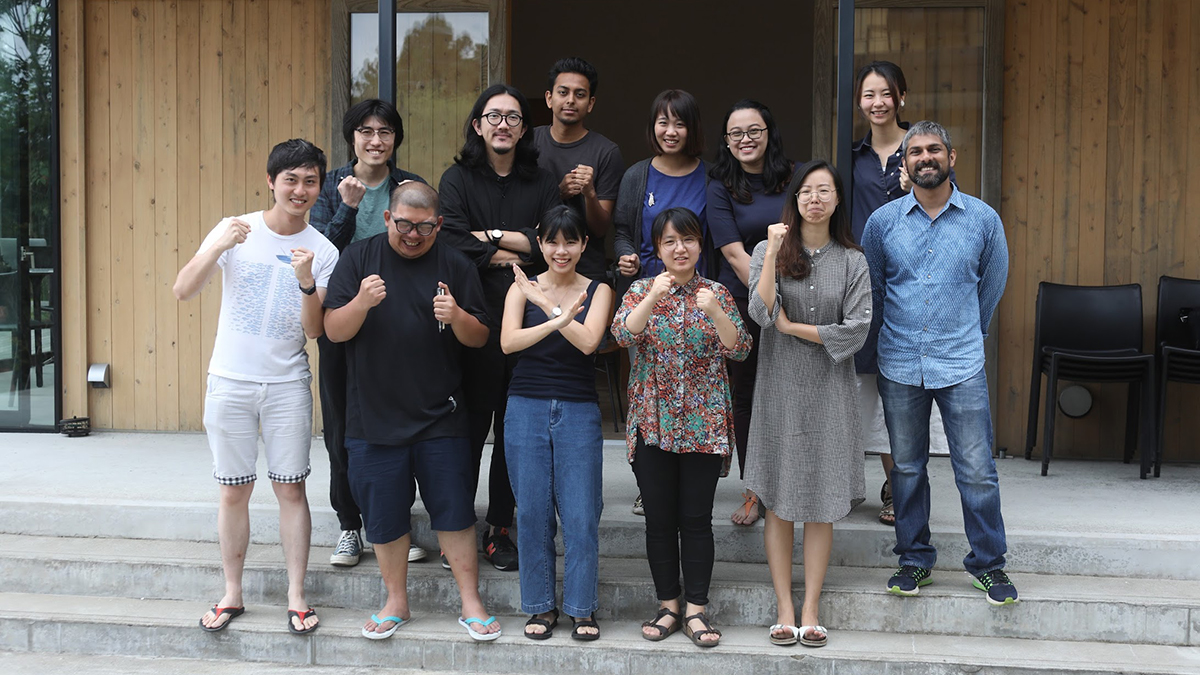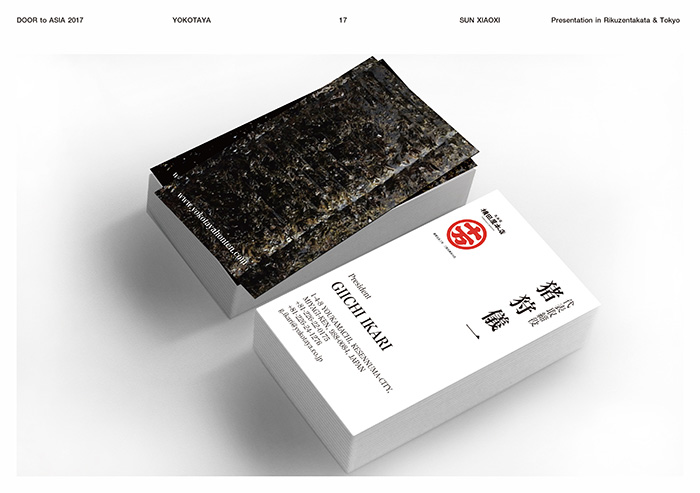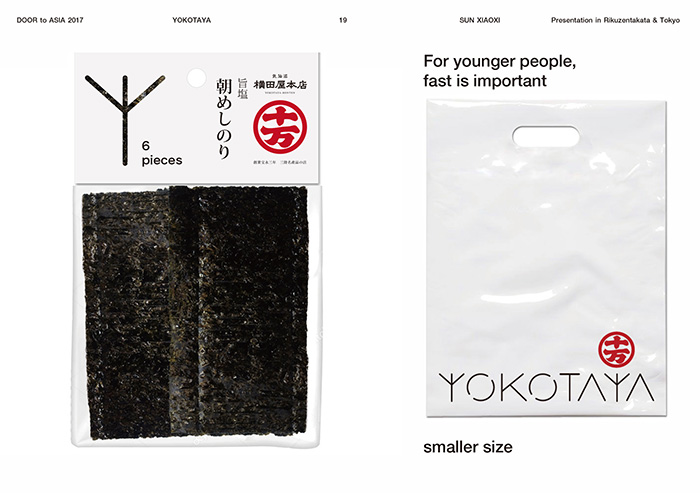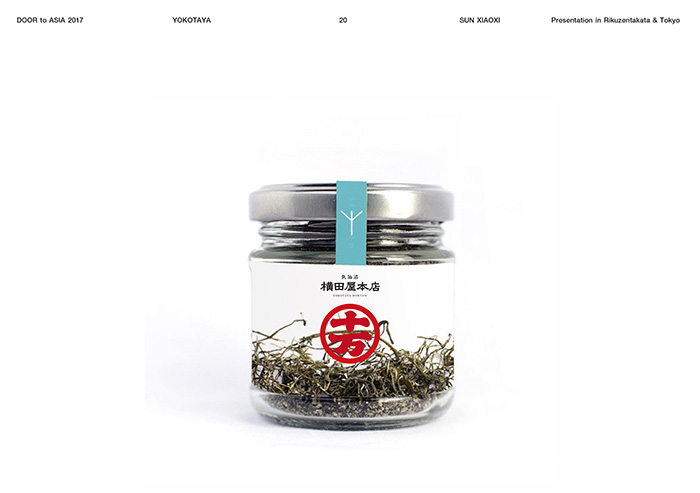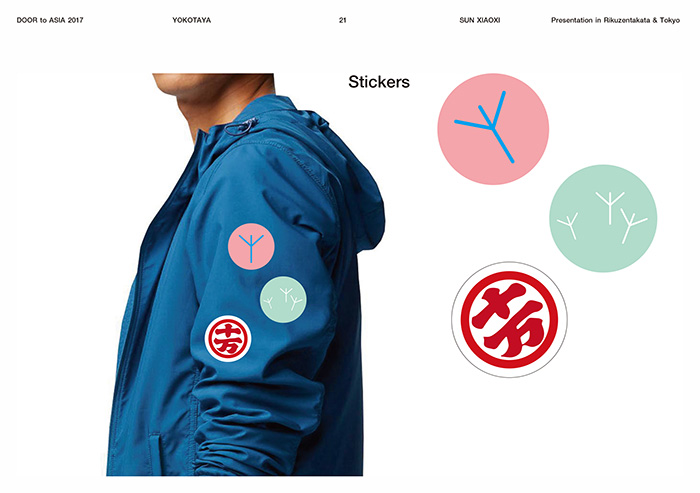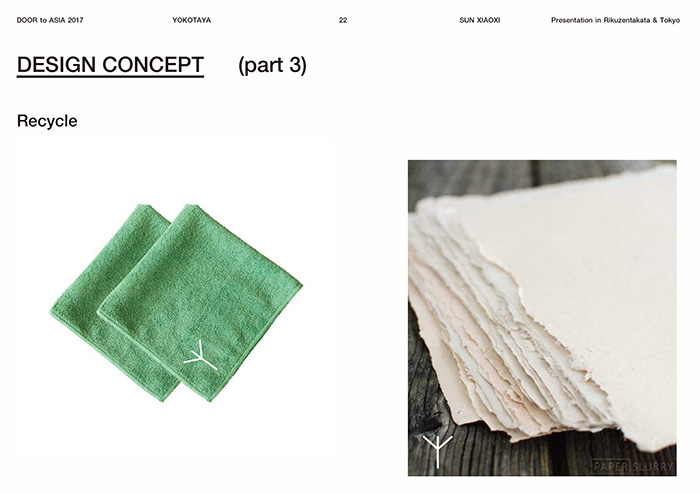It was one of the most amazing, breathtaking experiences I ever had.
今までの人生で最もすごい経験でした。
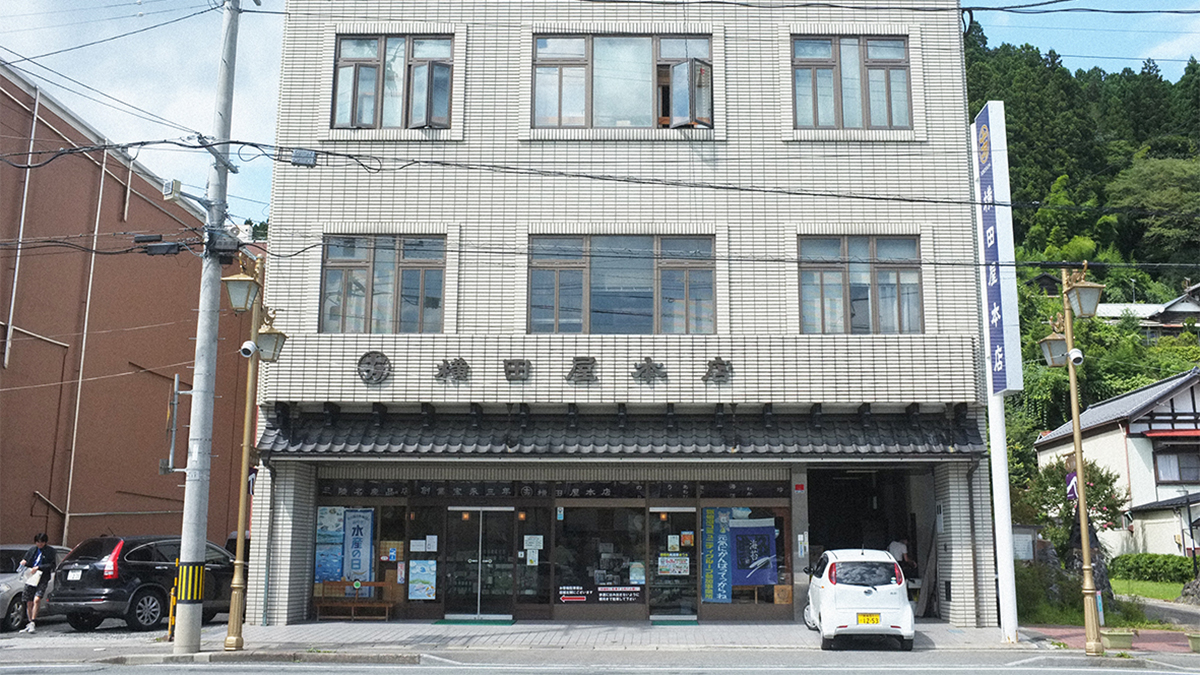
I was so nervous at the beginning, from the stage of preparation to meeting new people from different cultures – the designers from 8 different countries, people in Door to Asia and people in Tohoku. Some say Japanese graphic design is so advanced that I have to do well during DTA program. Some say Japanese people in small town aren’t so open-minded to foreigners especially when it comes to business-related projects. Some say DTA program is so fun that you could never imagine til you get there! Yes, I’ve heard of a lot of rumours, which makes me stressful, worried and but yet excited before the trip. Things changed when I met everyone in DTA.
8ヵ国のデザイナーたち、DOOR to ASIAの皆さん、そして東北の皆さんに会うことが不安で、準備段階からとても緊張していました。日本のグラフィックデザインは先進的なので、DOOR to ASIAでは真面目にやらないといけないとか、東北の小さな町はとても保守的で、外国人に対して冷たく、ビジネス関係だったらなおさら歓迎しないじゃないかとか、DOOR to ASIAはとにかく楽しい!とか、参加する前に様々な声を耳にしました。色々な噂を聞いて、ワクワクすると同時にドキドキも隠せなく、緊張と不安が入り交じった複雑な感情でいました。しかし、皆さんに会った瞬間にすべてが変わりました。
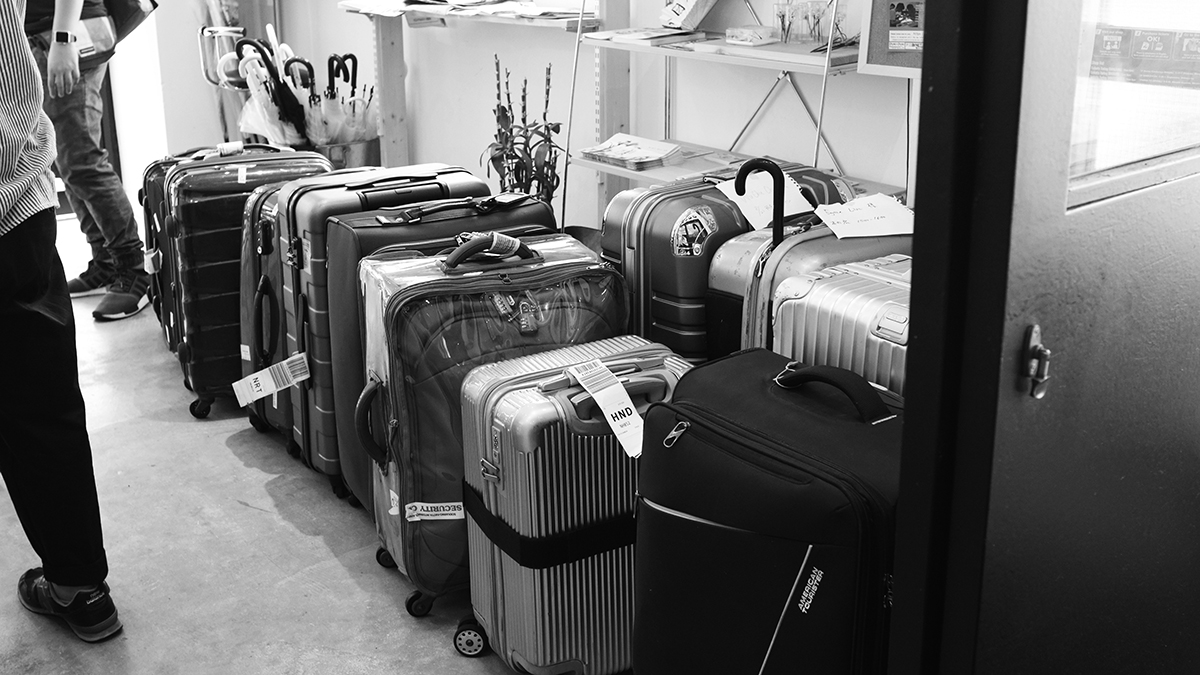
Miki-san contacted me, and I met with Kato-san and him once before the trip. Meeting them and seeing their smiling faces for the second time in our first guesthouse, Little Japan, Tokyo warm me up. Everything will be alright, I told myself, and the trip went really smooth for the coming 12 days. I met lovely and talented designers (Roxy, Jeff, Sudeep, Jay, Gook, In-ah & XiaoXi), translators (Jing, Grace, Dennis, Rahul), staffs from DTA (too many to list!) who worked really hard during the trip – people who I never expected to be so close, to get drunk and laugh really hard together towards the end. We ventured into our journey from Tokyo to Rikuzentakata in Tohoku, where we spent most of our days during the program. The guesthouse, Hakoneyama Terrace was awesome, with stunning view of the ocean surrounded by mountains and stars (and Totoro), it’s a perfect place to meditate and explore our creativity! We were brought to museums and places that document and shown the aftermath of Tsunami in 2011, which is solemn and heartbreaking, yet we can see that people in Tohoku are so positive, strong and welcoming through what they’ve done to the community and how they treated us. I am truly touched and amazed.
スタッフの矢部さんから連絡が入り、そしてDOOR to ASIAに参加する前に一度同じく運営メンバーの加藤さんに会いました。最初に泊まったゲストハウスのLittle Japanで皆さんと再会し、皆さんの笑顔を見て緊張がすぐにほぐれました。大丈夫だと、自分に言い聞かせながら、12日間のプログラムに臨みました。優秀なデザイナー(Roxy、Jeff、Sudeep、Jay、Gook、In-ah、Xiaoxi)、通訳コーディネーター(Jin、Grace、Dennis、Rahul)、そしてDOOR to ASIAのスタッフ(多すぎるので省きます!)の皆さんに会えてよかったです。プログラム中は一緒に仕事したり、仲良くなったり、酔っぱらったり、そして笑ったりする時間をともに過ごしました。東京から東北の陸前高田に行って、そして息を呑むほど美しい海と山に囲まれ、綺麗な星空が見える素敵な箱根山テラスに滞在しながらDOOR to ASIAが展開されました。箱根山テラスはとにかく居心地がよくて、心が落ち着くし、創造力が高まる場所でした。2011年に起きた東日本大震災とその後のことを学ぶために、リアスアーク美術館をはじめとする色々な場所に連れて行っていただきました。とても残酷な災害でしたが、東北の皆さんは前向きで、強くて、町のために一生懸命頑張って、そして私たちを温かく歓迎してくれました。私は言葉を失うほど感動しました。
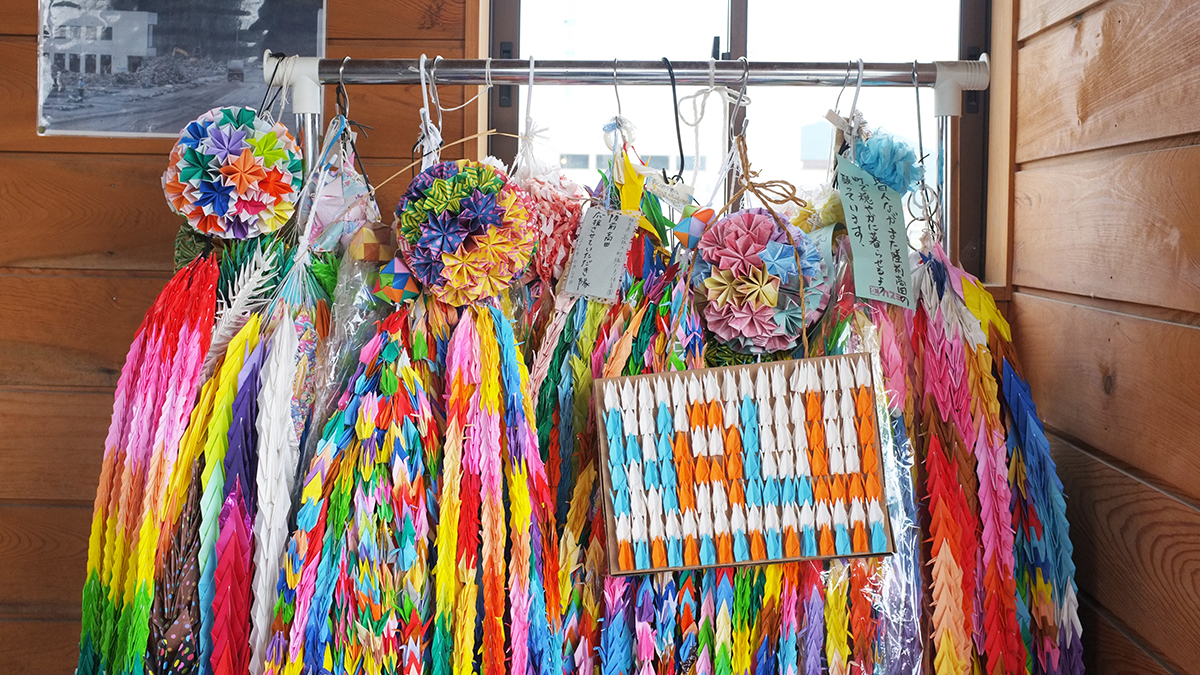
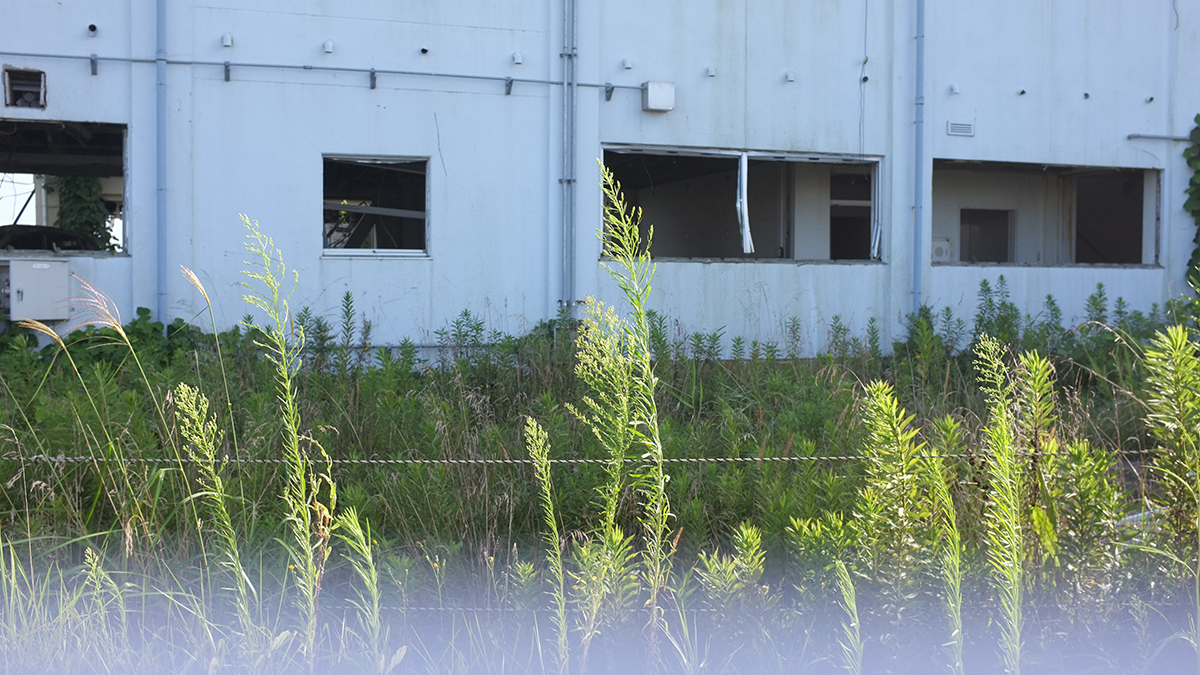
Also, meeting Ikari-san and his wife and staying with them in Kessenuma is such a precious gift to me. I’ve gained a lot of knowledge about their company (Yokotaya Honten, since 1706), the history and process of seaweed-making, their family and most importantly, a new perspective of life – 他利と自利 (benefits for all). During our stay, Ikari-san showed XiaoXi, Jing and I the beautiful places in Kessenuma, shared his experiences and stories grewing up in the town with his family and brought us to visit his shop and factory. No doubt, we were fed by a lot of good food, probably the best Japanese food I ever had! One of the most incredible things is, we have the chance to see Yokotaya Honten’s beautiful packagings, which have been kept for more than a hundred year and they are not exposed to the public yet. To me, they are so valueble that should be kept nicely in the museum! Somehow, the beautiful essence of the brand packaging is losing in their current products, which doesn’t really tell the story of the brand, the family, its history and quality that are matter to the locals. The product quality is awesome, the owners are honest and ethical, but they are facing a problem which most of their customers aged above 60 now. I was also told that younger generation in Japan perceives nori products as traditonal and old, but the business could not be continued without the next generation. In my opinion, Yokotaya Honten needs a new brand image and business model with exciting packaging and other promotional items to attract the younger generation. Besides that, Ikari-san also hope their children would come back to this beautiful but small town in Tohoku, to continue their business and create new sparks. I wish I could help.
気仙沼で猪狩さん夫妻と出会えて、そして一緒に時間を過ごせたことは私にとって大切なギフトでした。猪狩さんの会社『横田屋本店』(1706年設立)の歴史、海苔の生産過程、猪狩さんのご家族、そしてなにより「利他と自利」という人生に対する新しい考え方と概念を学びました。滞在中、XiaoxiとJinと私を気仙沼の素敵な場所をたくさんご案内いただき、自分が育ったこの町の思い出と物語を共有してくださり、そして自社店舗と工場に連れて行ってくださいました。そして、美味しいものをたくさんご馳走になりました。今までの人生で一番美味しかったかも!一番印象に残ったのは、一般公開されていない、数百年の歴史を持つ横田屋さんの美しいパッケージでした。博物館で保管されるべき貴重なものだと思います。しかし、残念なことに、現在の商品には、昔のブランドパッケージの美しい本質的な部分が欠けているように感じました。横田屋のブランドの物語、家族の長い歴史、そして商品の高品質が伝えきれていない気がしました。品質は確かに高いですが、現在のお客様の殆どは60歳以上だという問題に直面しています。日本の若者は海苔に対して、伝統的で少し古くさいというイメージを持っていると聞きました。しかし、若者がいなければ、次世代には受け継がれません。横田屋本店は新しいブランドイメージ、若い世代の興味を弾くようなビジネスモデル、そしてわくわくするようなパッケージやPR手段などが必要だと思いました。そして猪狩さんには、自分の子供達が東北のこの小さな町に戻ってきて、この事業を受け継いでほしいという願いもありました。猪狩さんのこの願いを叶えるために私にできることはないかと、密かに思いました。
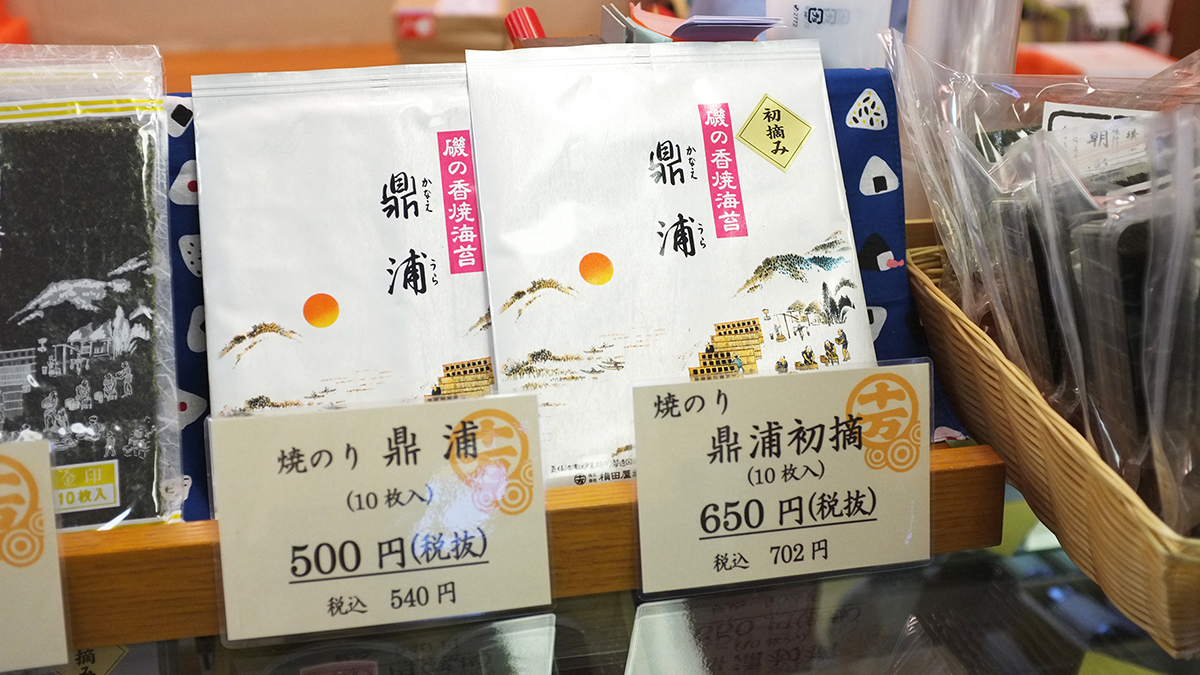
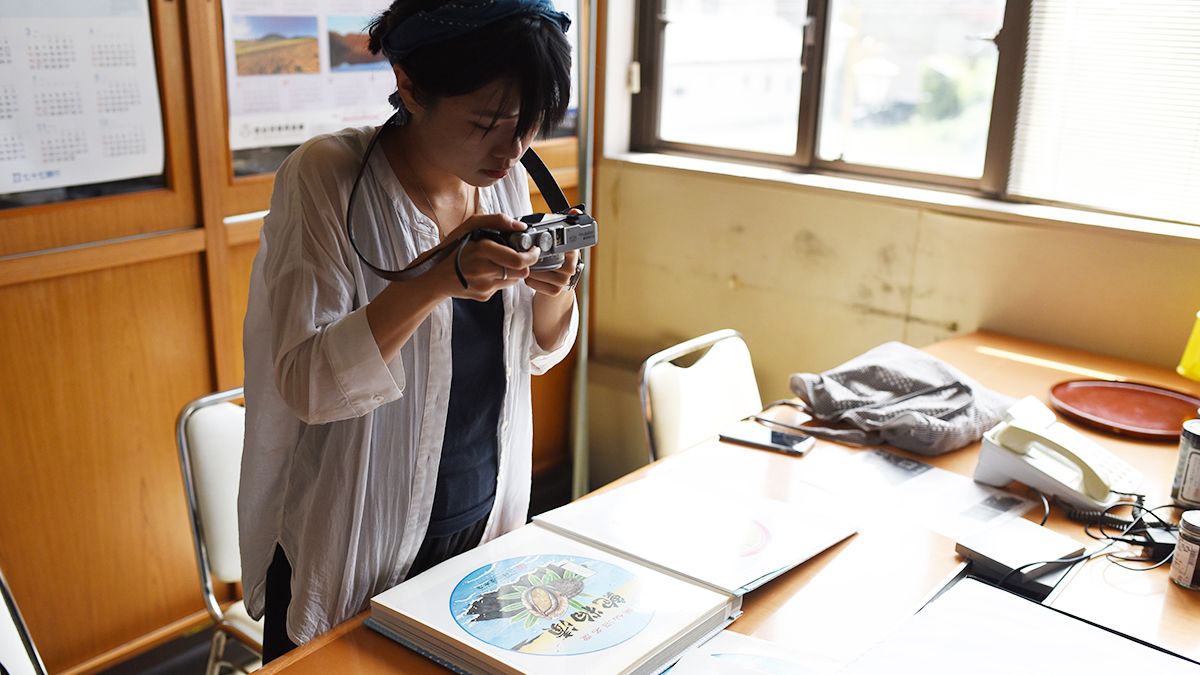
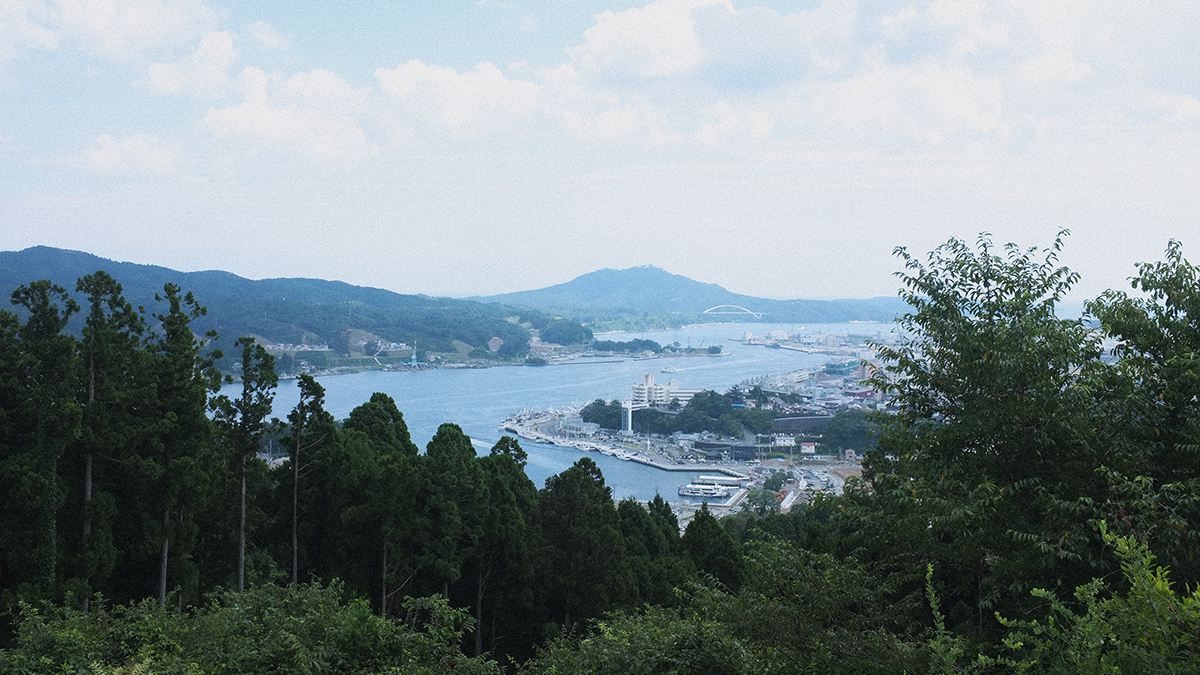
I came out with a proposal with a new Visual Identiy & Product System, to create a new impression to the younger generation with fresh image while keeping its original essence using their elements from the old logo and packaging. I suggested a label design to keep the product image consistent so that people will remember the brand easily. Moreover, I think creating a new way of eating onigiri by giving a convenient pack as a gift during the gathering could be quite cool for the young people, as less people are getting married and cooking at home nowadays in Japan. With this gift set, people can cook and show their love easily during their gathering time, while keeping the tradition of eating onigiri and nori together. An online buying system is also introduced so that people from every part of Japan and eventually the whole world can buy their products!
私は、本質を保つために本来のロゴやパッケージを残しつつ、若い世代に新鮮なイメージを与えるために、新しいビジュアル アイデンティティと商品システムを提案しました。まず、人に商品のイメージを覚えてもらうために、統一されたラベルデザインを作成しました。更に、日本では結婚する若者や家で料理する人が減少しているので、若者の集まりなどで贈り物として売れるお洒落なおにぎりセットを提案しました。この贈り物用のお洒落おにぎりセットを使って、若者の集まりで一緒におにぎりを作ることによって海苔を食べる習慣を保つことができます。そして、日本全国、または世界中からオンラインで買えるシステムを導入する提案をしました。
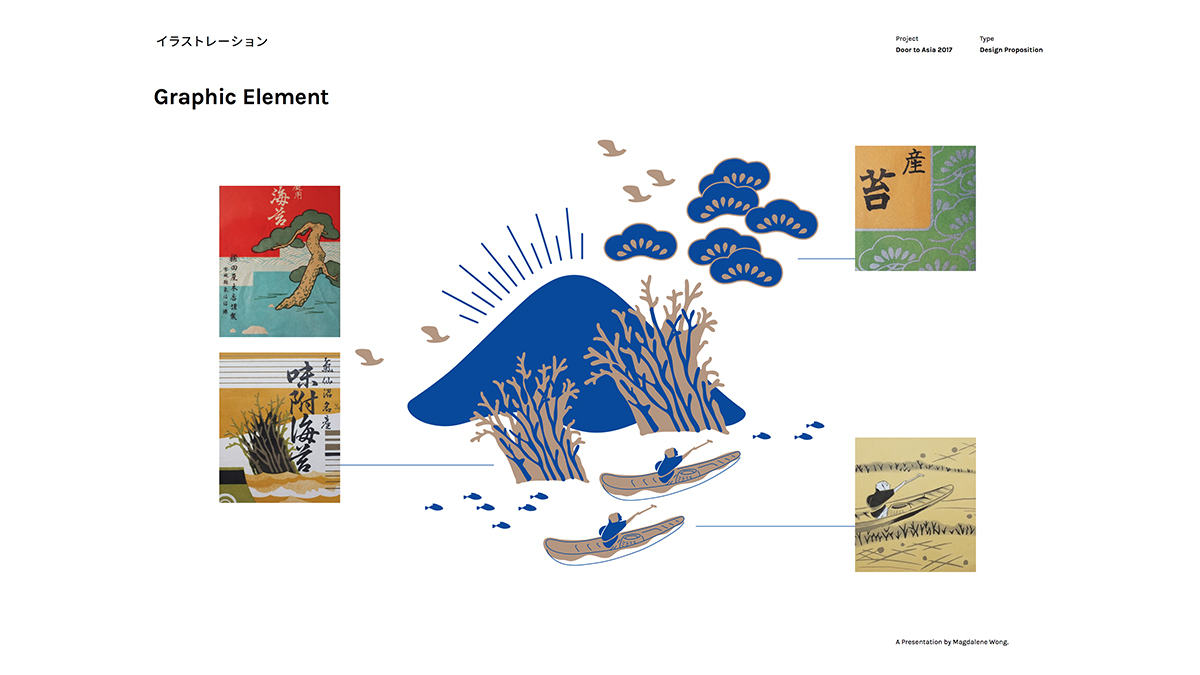
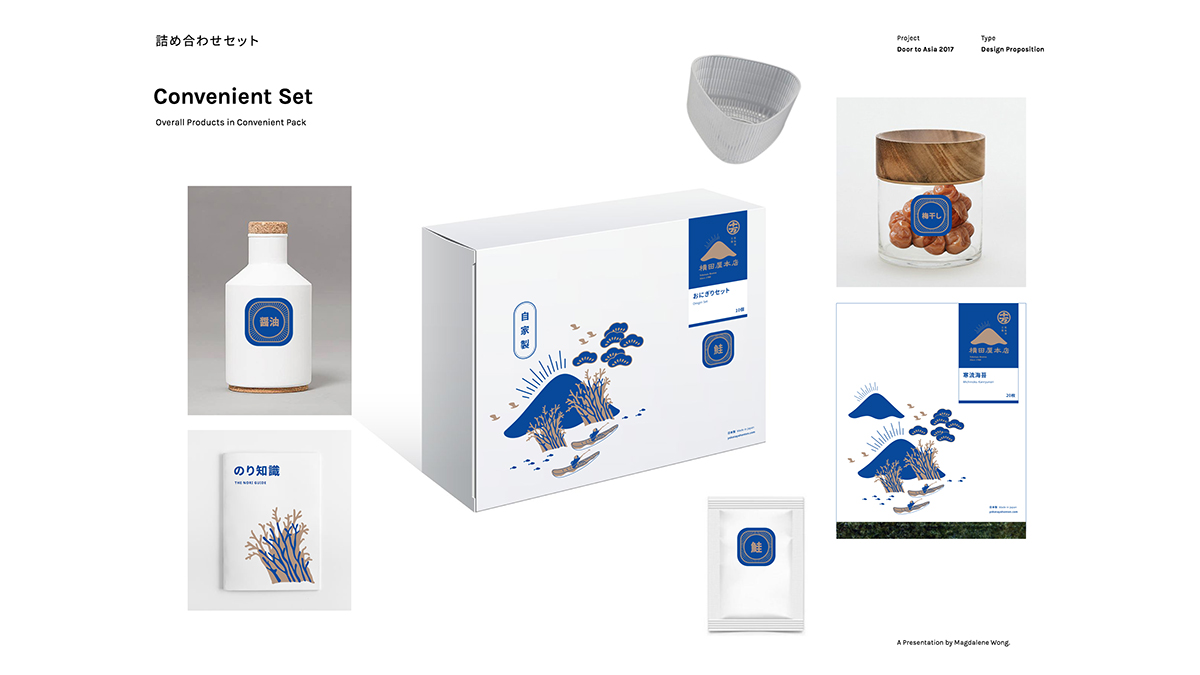
To me, the international exchange in design knowledge is just a minor part of the trip. Making friends, understanding and knowing each gave me a new aspect of life and thinking. And even though we are different, we have the same objectives thoughout the design process, which is to come out with solutions to contribute to the local company and the whole community in Tohoku, to create sparks and hope. What Ikari-san’s family contributed to the community since 400 years ago and how Ikari-san helped the people in the town especially after Tsunami truly impressed me.
One important message he taught me:
We make a living by what we get, we get a life by what we give. Good things will always come back.
He’s like a dad to us now.
今回の国際交流プログラムでは、デザインに関する知識より、新しい友達を作り、相互理解を深め、人生に刺激を与えてくれたことのほうが大きかったです。私たちはそれぞれ背景や文化が違いますが、デザイン制作期間中は同じ目標を持って、地元事業者、そして東北のコミュニティの課題解決に貢献するために一緒に取り組んでいました。猪狩さんの先祖が400年前にこの町に貢献したこと、そして東日本大震災後に人々に手を差し伸べたことが、今回のプログラムの中で一番印象に残りました。
そして、このような大切なメッセージが心に刻まれたのです。
「情けは人のためならず、良いご縁は巡りに巡って、いつか自分に返ってくるでしょう。」
猪狩さんはまるで、私たちのお父さんのようです。
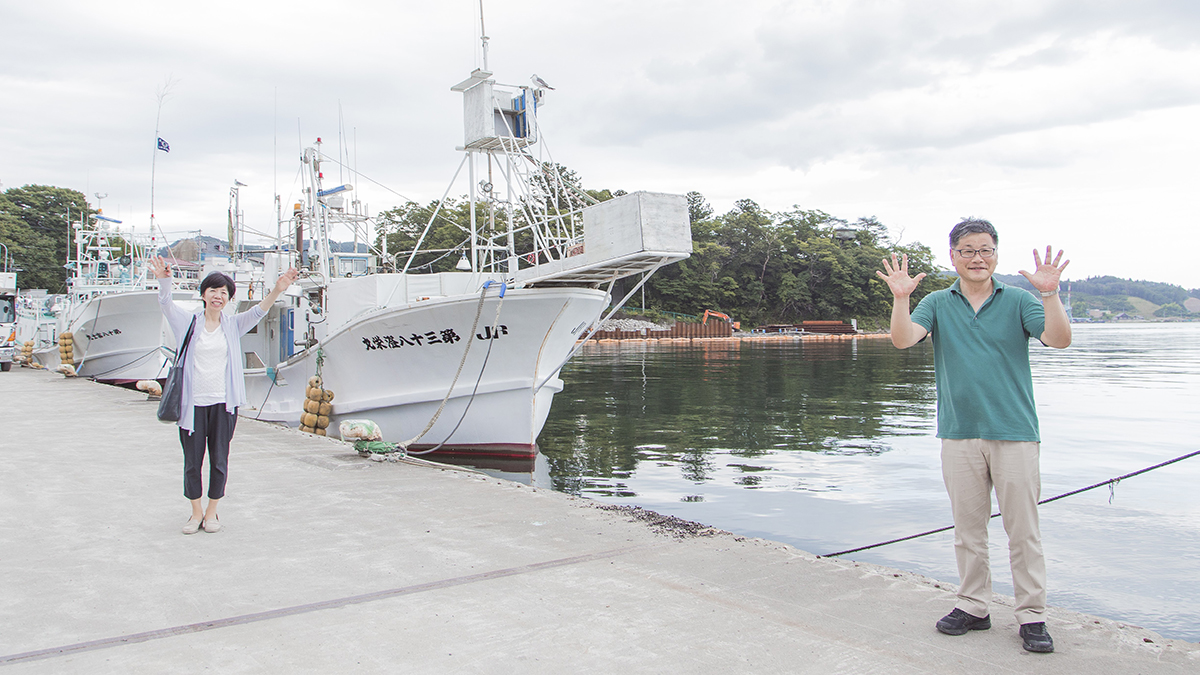
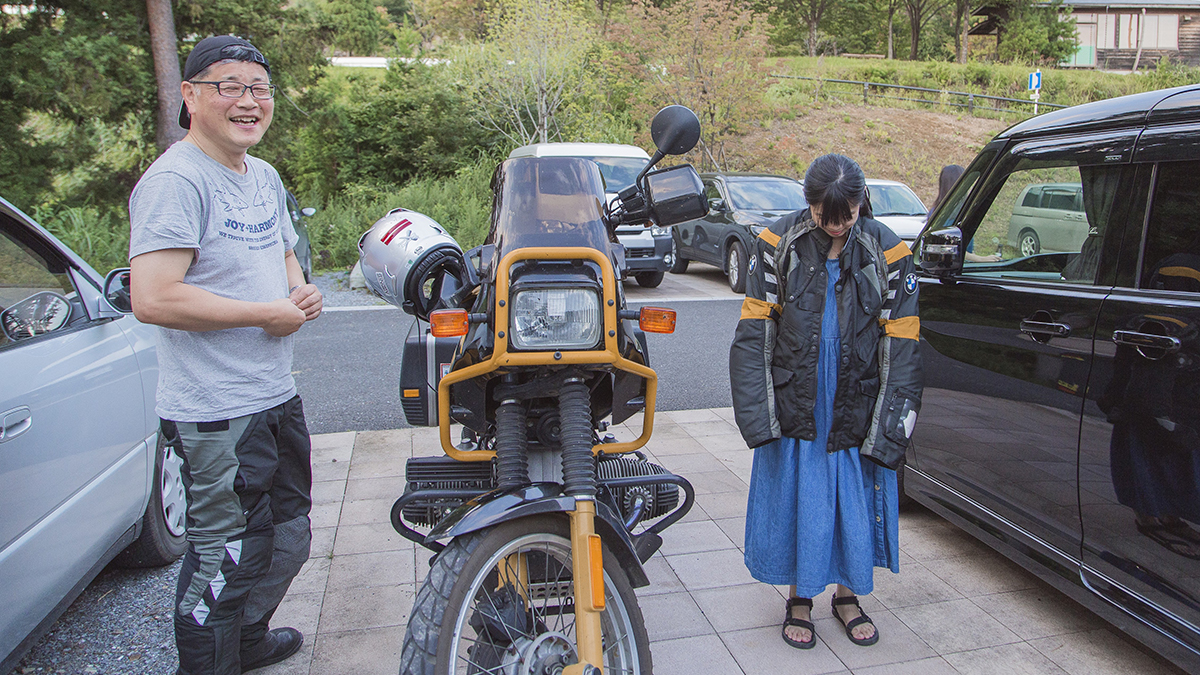
To all my friends in DTA 2017, I wish to see you soon!
DOOR to ASIA 2017の皆さん、またお会いできることを楽しみにしています!
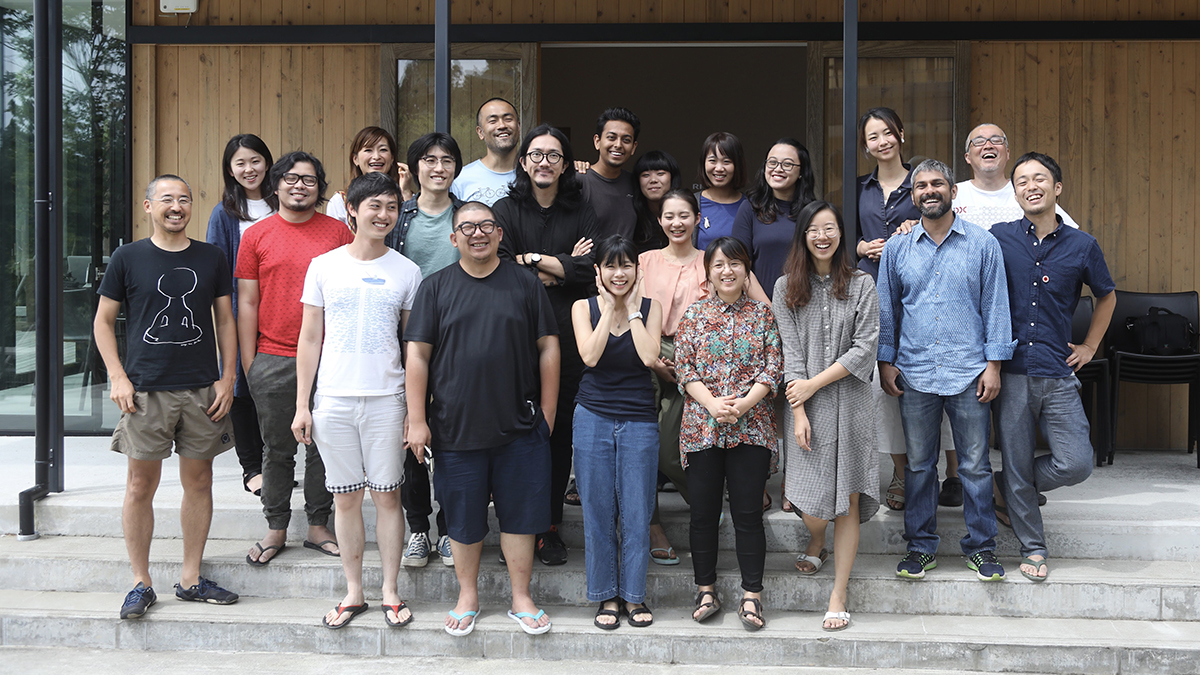
Mag

